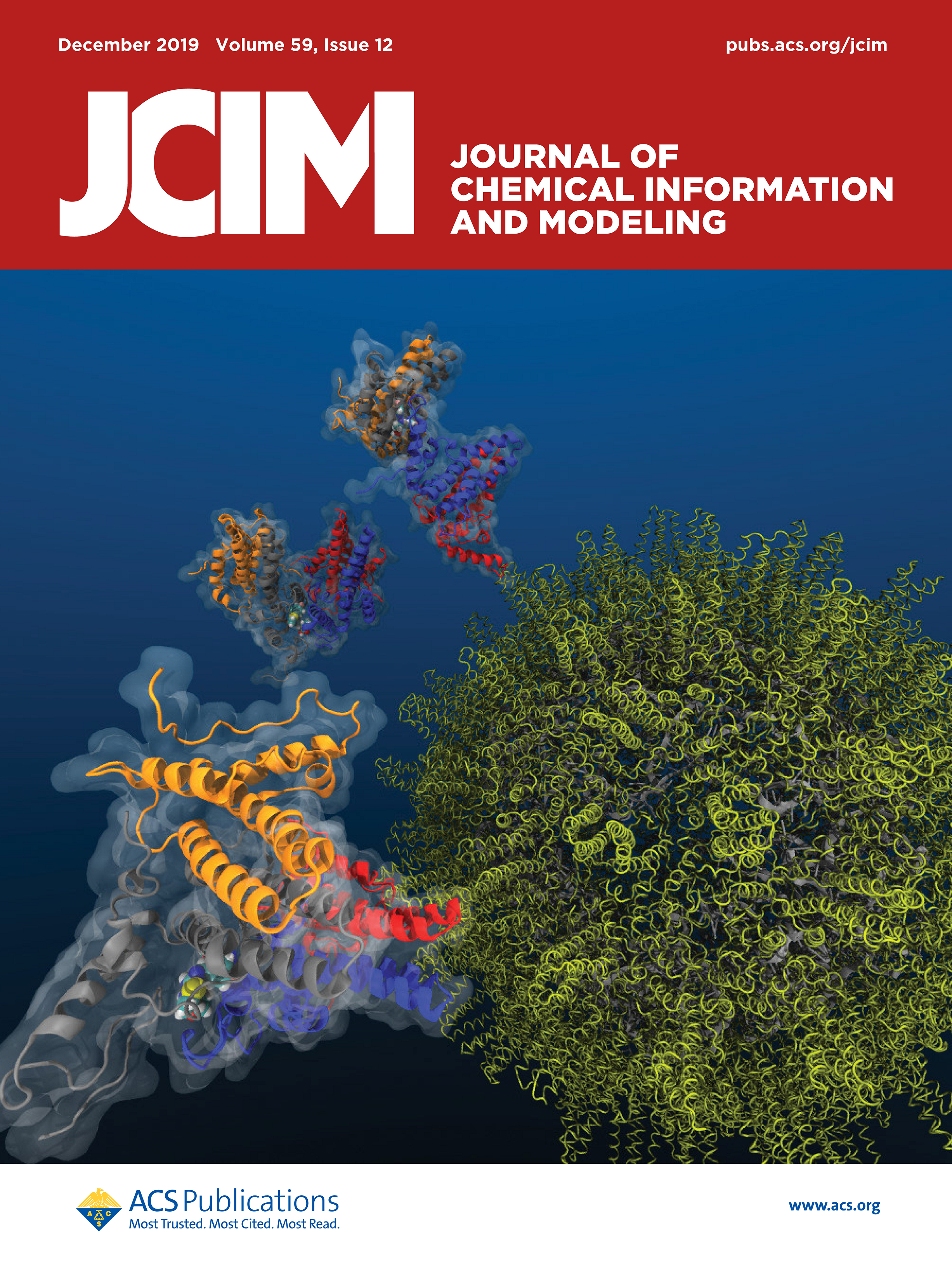
Huihui Liu, Susumu Okazaki, and Wataru Shinoda*
J. Chem. Inf. Model. 58, 5104-5110 (2019). DOI:10.1021/acs.jcim.9b01010.
Hepatitis B virus
(HBV) infections are a major global health concern, for which heteroaryldihydropyrimidines (HAPs) have been developed.
HAPs accelerate and/or result in aberrant capsid assembly; however, their
effect on the assembly mechanism is unknown. This study aimed to compare the effects
of three representative HAPs on core protein dimer assembly through molecular
dynamics simulations and free energy calculations. Molecular docking and equilibrium simulations showed that different
HAPs bind at the same binding site and are involved in different interactions. The
observed conformational changes in HAPs deter the calculation of binding
affinity. Herein, the reduced free energy perturbation/Hamiltonian replica
exchange molecular dynamics method was used to enhance sampling during binding
affinity calculations, indicating consistency between the binding free energies
of HAPs and pEC50. Furthermore, binding pattern analysis revealed that
the tetramer could sample flat structures after binding HAPs. The present results
suggest a mechanism wherein HAPs accelerate capsid assembly by increasing the
binding affinity of dimers, leading to aberrant assembly by altering the
binding orientation of dimers.
